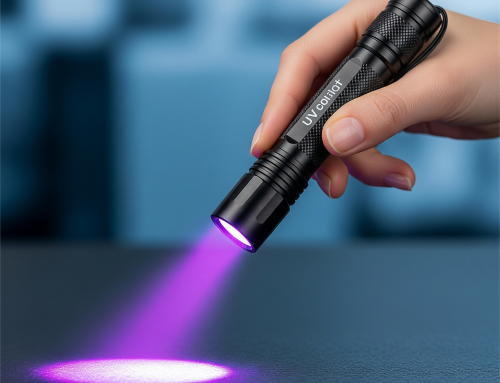Although the light source in the ultraviolet band cannot participate in the photosynthesis of plants. But it can cause plants to have special morphology, with short stems, shrunk leaf surfaces, developed furry, increased accumulation, increased chlorophyll, and anthocyanins in the stems and leaves, and the colors are particularly gorgeous.
In addition, ultraviolet rays are harmful to plant microorganisms. Use lamps that can provide low-dose ultraviolet rays to kill pathogens without harming plants. For example, certain bacteria can cause plant diseases such as wilt and rust, and the technology has also been proven effective against downy mildew and some pests.

Insect trap lamp:
Insects can see a wider range of spectrum than human eyes. Therefore, insects can see ultraviolet light that human eyes cannot see. The results of studies on the phototaxis of different types of insects show that most phototaxis insects prefer 330nm-400nm ultraviolet light. Light waves and purple light waves, therefore, we can use ultraviolet lamps to trap and kill harmful mosquitoes.
Photocatalyst:
Under the irradiation of ultraviolet rays, the surface of the photocatalyst (usually titanium dioxide) produces a large amount of hydroxyl radicals and superoxides. When they come into contact with organic matter, they will undergo a strong oxidation-reduction reaction to produce carbon dioxide and water. Therefore, photocatalysts can be used to Carry out sterilization and disinfection and purification of pollution.



